Ants in plant pots can be a frustrating problem for plant lovers and home gardeners. These tiny invaders not only disturb your plants’ roots but also attract other pests like aphids, which can weaken your plants over time. If left unchecked, ants can establish colonies within the soil, making it difficult for your plants to thrive.
This blog will teach you effective strategies to Stop Ants Nesting in Plant Pots using natural and safe methods. Whether you’re dealing with a minor infestation or a full-blown ant colony, these simple yet powerful solutions will help you protect your plants without harming the environment.
From natural deterrents to preventive measures, you’ll learn how to keep your pots ant-free while maintaining a healthy garden.
Why Do Ants Nest in Plant Pots?
Ants are attracted to plant pots for a couple of reasons. First, plant pots provide a safe, enclosed space to build their nests. Second, the moist soil is ideal for nest-building, offering a perfect environment for shelter and reproduction. Warmth, humidity, and organic matter in the soil further encourage ants to settle in.
Additionally, if there’s a sugary residue, food crumbs, or even honeydew from aphids near your plants, ants see it as free catering. Aphids, in particular, are partners in crime for ants, as ants farm them for their sugary secretions while aphids feed on your plants.
Other pests like mealybugs and scale insects also attract ants, creating a cycle that can be harmful to your plants.
Another factor is that some potting soils contain decomposing organic material, which attracts insects that ants feed on. If your plant pot has easy entry points, such as drainage holes or loose soil, ants can quickly move in and start their colony.
Understanding these factors helps pinpoint why your pots might be a prime target for ants and gets you one step closer to resolving the issue. Once you identify the cause, you can take effective steps to Stop Ants Nesting in Plant Pots and protect your plants from further damage.
Are Ants Harmful to Plants?
While ants themselves aren’t inherently harmful to plants, their activities can sometimes create problems that affect plant health and growth.
Here’s why ants in plant pots aren’t ideal:
- Root Disturbance: Ants digging tunnels can cause stress to your plants’ root system. This affects how well the roots absorb water and nutrients, leading to slower growth or even plant decline.
- Aphid Infestation: Ants tending to aphid colonies encourage the aphids to multiply. Aphids feed on your plants, sucking out sap and causing wilting, yellowing, and deformed foliage. In turn, this weakens the plant and makes it more susceptible to disease.
- Water Drainage Issues: Large nests can compact the soil, leading to poor water drainage and reducing oxygen circulation in the roots. Over time, this can contribute to root rot and other moisture-related issues.
- Soil Displacement: As ants dig and relocate soil, they can expose plant roots or create uneven soil levels, making it harder for plants to stay properly anchored in their pots.
Keeping ants out of your plant pots not only preserves your soil quality but also keeps your plant healthy and thriving. By taking proactive steps to Stop Ants Nesting in Plant Pots, you can prevent potential damage and ensure your plants grow in an optimal environment.
1. Inspect and Clean Your Plant Pots
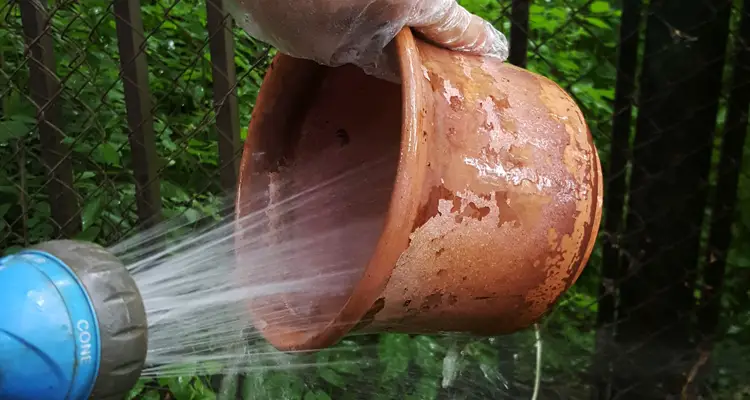
The first step to any pest issue is prevention. Inspect your plant pots regularly for signs of ants or aphid activity. Look for loose soil, small mounds, or visible ant trails, especially near drainage holes or along the pot’s rim.
If you spot any, gently remove debris, fallen leaves, or spilled food that might attract them.
Wipe your pots clean with a damp cloth and mild soap to eliminate any lingering scents that draw ants. Placing plant pots in tidy, debris-free areas reduces the likelihood of infestations and helps Stop Ants Nesting in Plant Pots effectively.
2. Avoid Overwatering Your Plants
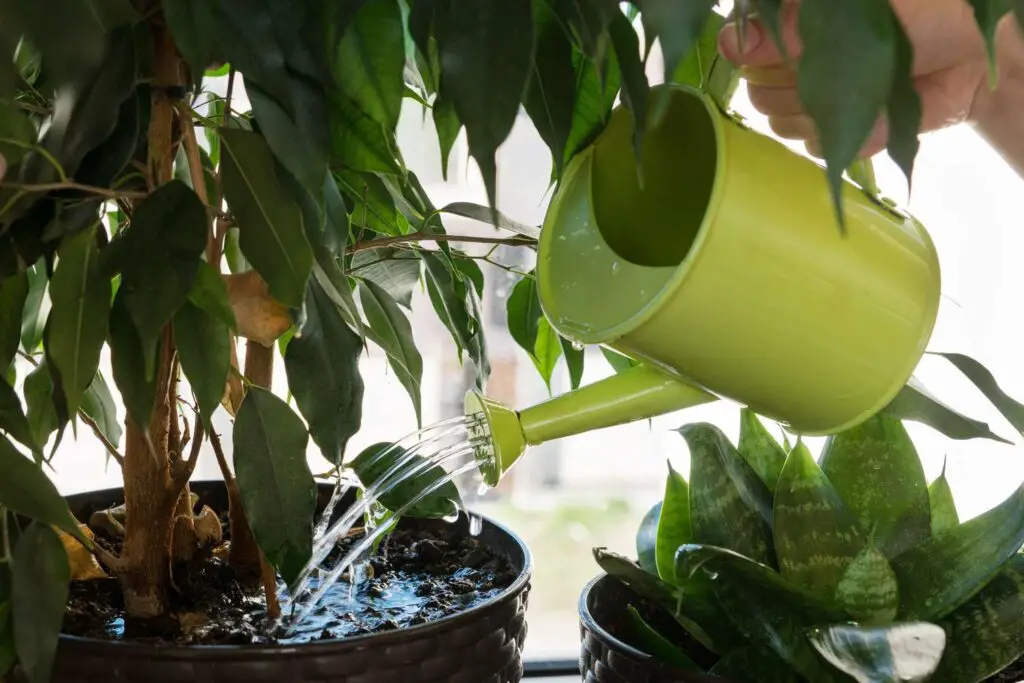
Ants are drawn to moisture, and consistently damp soil creates the perfect environment for them to build nests. Overwatering not only attracts ants but can also lead to root rot, fungal growth, and other plant health issues. To prevent this, water your plants sparingly and only when necessary.
Ensure proper drainage by using pots with drainage holes and well-aerated soil. Allowing the topsoil to dry out slightly between waterings makes the habitat less inviting for ants and helps Stop Ants Nesting in Plant Pots effectively.
3. Use Cinnamon as a Natural Deterrent
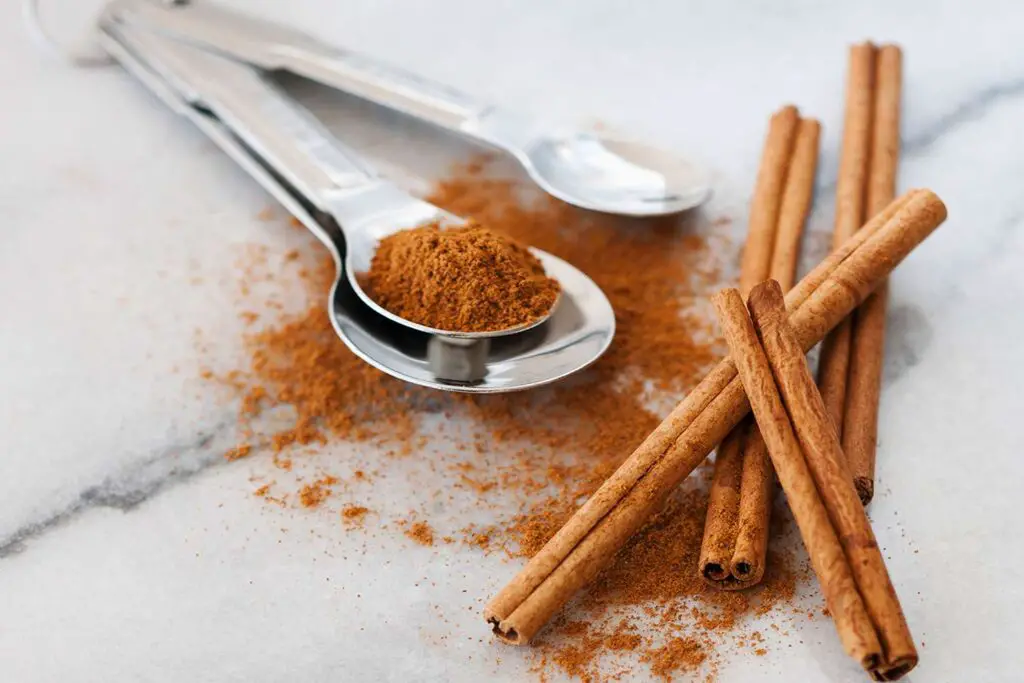
Cinnamon acts as a natural ant repellent by disrupting their pheromone trails, making it difficult for them to navigate and return to their nest. Its strong scent deters ants without harming plants, making it a safe and eco-friendly option.
To use cinnamon:
- Sprinkle ground cinnamon evenly on the soil surface to create a barrier.
- Alternatively, mix a few drops of cinnamon oil with water and spray it around the base of the plant pot for a longer-lasting effect.
Using cinnamon regularly helps deter infestations and effectively Stop Ants Nesting in Plant Pots without the need for harsh chemicals.
4. Create a Physical Barrier
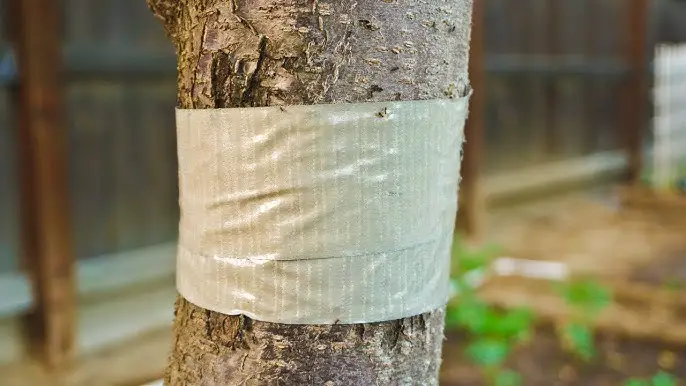
Ants rely on accessible routes to reach their nests, and blocking their path is an effective way to keep them away from your plants. By creating a physical barrier, you can disrupt their movement and prevent them from settling in your plant pots.
Here are some barrier options:
- Petroleum Jelly – Apply a thin layer around the rim of your pot to create a slippery surface that ants cannot climb.
- Double-Sided Tape – Wrap it around the base of the pot or table legs where the pot sits to trap ants before they reach the soil.
- Diatomaceous Earth – Sprinkle a ring of food-grade diatomaceous earth around the pot to dehydrate and repel ants upon contact.
Using these simple yet effective methods helps deter infestations and supports your efforts to Stop Ants Nesting in Plant Pots without relying on harsh chemicals.
5. Introduce Ant Repellent Plants
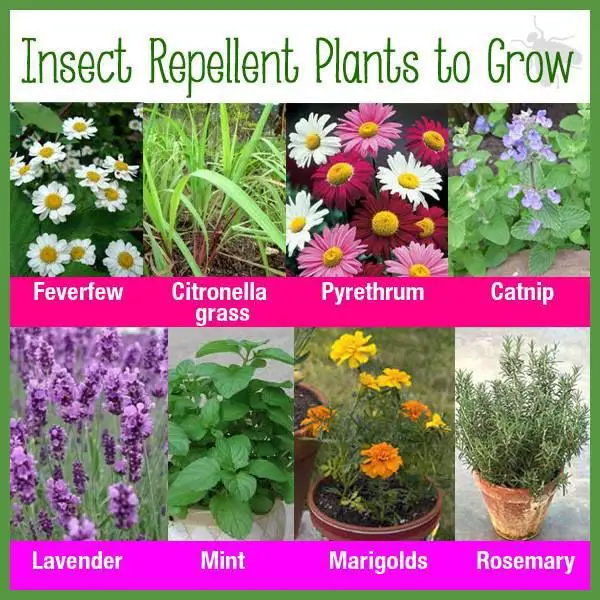
Certain plants naturally repel ants due to their strong scent, which interferes with the ants’ ability to follow pheromone trails. Placing these plants near or in your plant pots creates a natural barrier that keeps ants away while adding beauty to your space.
Some great ant-repellent plants include:
- Mint – Its intense fragrance disrupts ant trails and deters them from nesting.
- Lavender – The soothing scent for humans is overwhelming for ants, making it an effective natural repellent.
- Marigolds – These vibrant flowers produce a scent that repels not only ants but also other garden pests.
- Thyme – This aromatic herb creates a strong, natural deterrent for ants while being useful in cooking.
By incorporating these plants into your garden, you create an attractive and functional pest control method that helps Stop Ants Nesting in Plant Pots without the need for chemicals.
Related Topics:
6. Remove Aphids from Plants
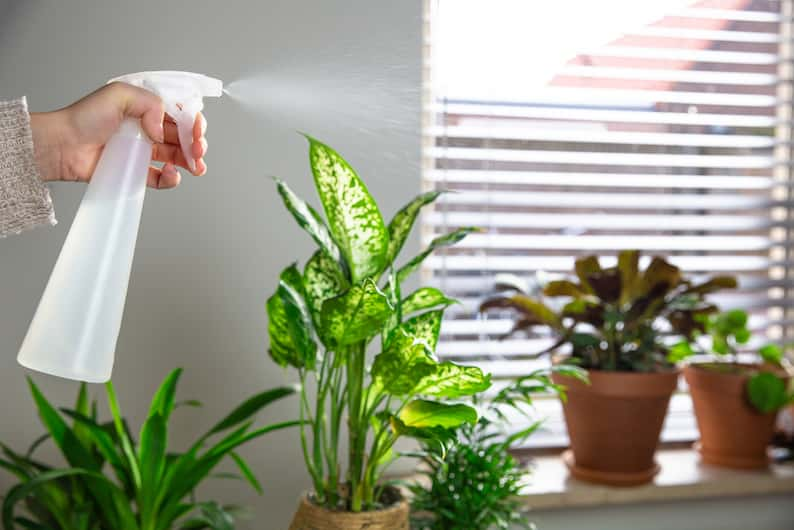
Since ants are often attracted to pots with aphids, addressing aphid infestations is crucial to keeping ants away. Aphids produce a sugary substance called honeydew, which ants feed on and protect, creating a cycle that encourages both pests to thrive.
Eliminating aphids cuts off this food source, making your plant pots less appealing to ants.
Here are effective methods to remove aphids:
- Spray with Water – Use a steady stream of water to knock aphids off your plant’s leaves. Repeat as needed to prevent reinfestation.
- Neem Oil – Mix neem oil with water and spray it onto affected plants to eliminate aphids and disrupt their life cycle. This also helps prevent other common plant pests.
- Insecticidal Soap – Apply a mild insecticidal soap to the leaves, focusing on the undersides where aphids tend to hide.
By controlling aphids, you reduce the chances of an ant infestation and help Stop Ants Nesting in Plant Pots, keeping your plants healthy and pest-free.
7. Use Diatomaceous Earth

Diatomaceous earth (DE) is an effective and eco-friendly solution to deter ants from nesting in your plant pots. This fine, powdery substance is made from fossilized algae and works by dehydrating and damaging the exoskeletons of ants upon contact, ultimately eliminating them.
Despite its effectiveness against pests, DE is completely safe for plants, pets, and humans when using food-grade varieties.
To use diatomaceous earth:
- Sprinkle a thin layer of food-grade DE on the soil surface and around the base of your plant pots.
- Focus on entry points such as drainage holes and the edges of pots where ants are likely to travel.
- Reapply after watering, rainfall, or when the soil becomes damp to maintain its effectiveness.
By incorporating diatomaceous earth into your pest control routine, you create a natural barrier that helps Stop Ants Nesting in Plant Pots while keeping your plants safe and thriving.
8. Re-Pot Existing Plants
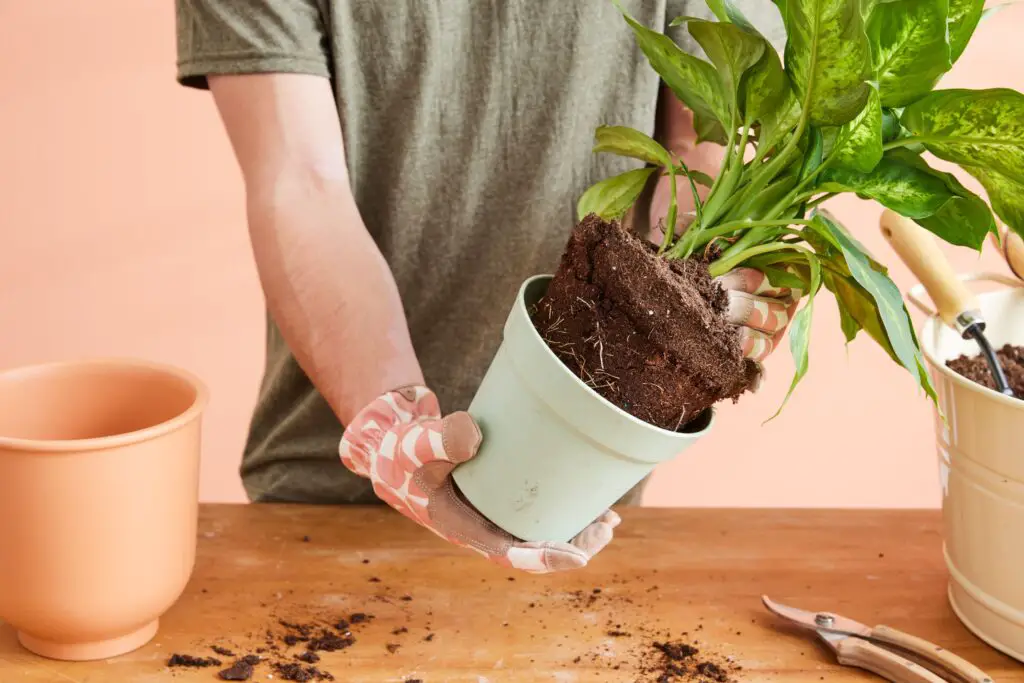
If an ant infestation has already taken hold, repotting your plant is the best way to eliminate the problem and give your plant a fresh start. Since ants establish nests deep in the soil, simply treating the surface may not be enough to remove them completely.
Follow these steps to properly repot your plant:
- Gently remove the plant from its pot, being careful not to damage the roots.
- Shake off as much soil as possible to remove any ants and eggs hidden within the root system.
- Discard the infested soil far from your garden or compost pile to prevent ants from relocating nearby.
- Wash the pot thoroughly with soap and warm water to eliminate any lingering ants, eggs, or pheromone trails that could attract new ants.
- Inspect the roots for any damage caused by the infestation and trim away any affected parts if necessary.
- Refill with fresh, high-quality soil and replant your healthy plant in a clean, pest-free environment.
By repotting your plant, you can effectively Stop Ants Nesting in Plant Pots and ensure your plants continue to thrive without the risk of reinfestation.
9. Use an Ant Bait or Trap
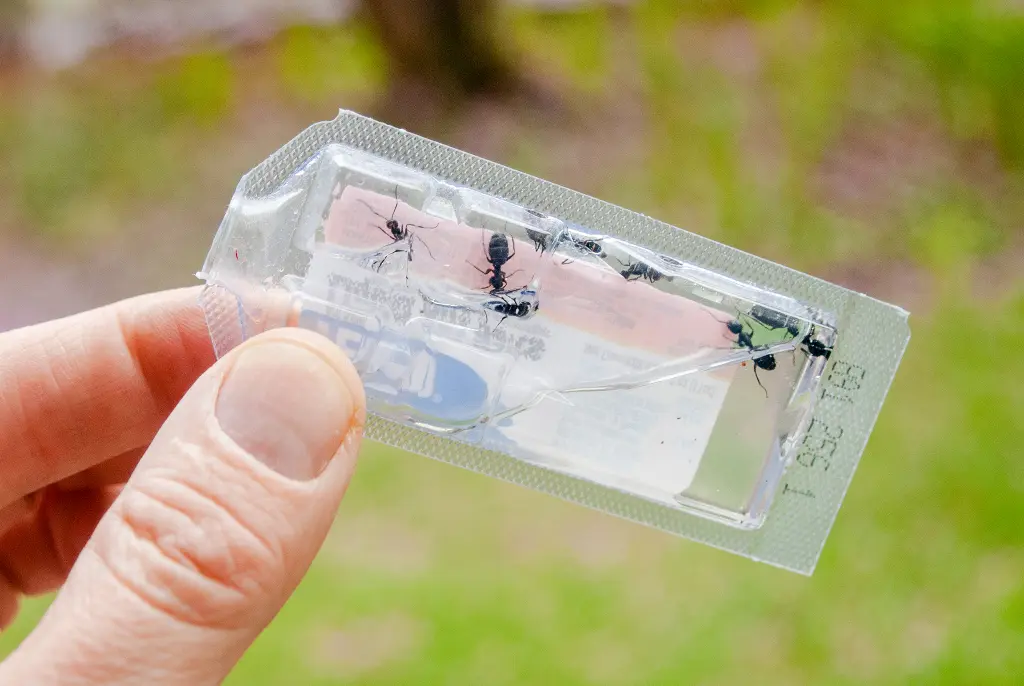
If natural methods aren’t enough to control the infestation, using ant traps or organic baits can help eliminate the colony without harming your plants. These solutions work by attracting ants to a bait that they carry back to the nest, effectively wiping out the colony at its source.
Here’s how to use ant baits and traps effectively:
- Choose plant-safe products – Look for ant control solutions labeled as safe for gardens to avoid any harmful effects on your plants or soil.
- Place bait near ant trails – Position ant traps or gel baits close to where you’ve noticed ant activity, such as near the base of your plant pots.
- Be patient – Ant baits take time to work as they rely on worker ants bringing poison back to the colony. Avoid disturbing the traps too soon.
Using ant bait strategically ensures long-term protection and helps Stop Ants Nesting in Plant Pots, keeping your plants healthy and pest-free.
10. Maintain Consistent Upkeep
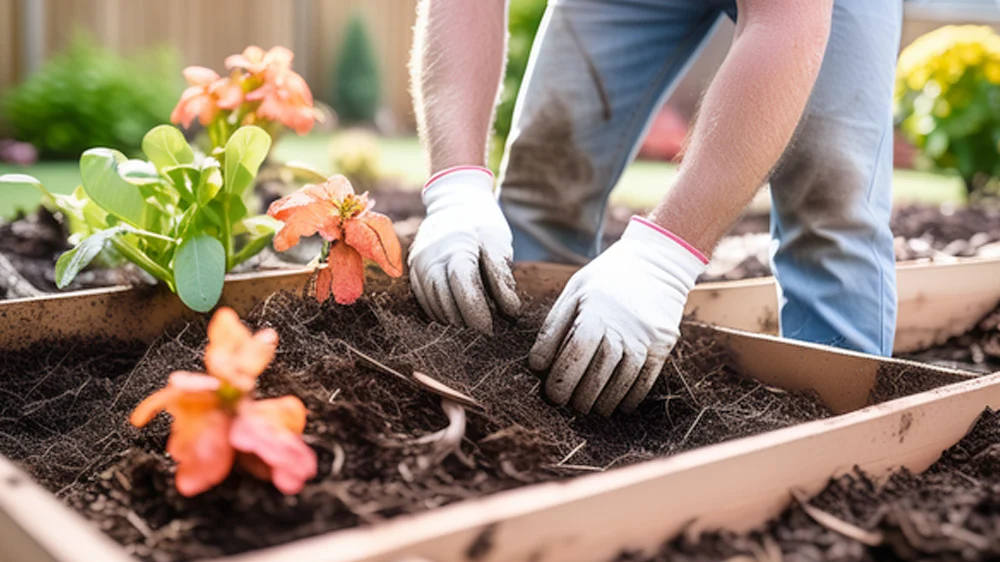
Once you’ve successfully removed ants from your plant pots, regular maintenance is essential to prevent future infestations. Ants are opportunistic and will return if conditions remain favorable. By maintaining good plant care and proper pot hygiene, you can keep your plants pest-free in the long run.
Here’s how to stay proactive:
- Inspect pots regularly – Check for signs of ant activity, loose soil, or aphid infestations.
- Keep the area clean – Remove fallen leaves, spilled soil, or any organic debris that might attract ants.
- Adjust watering habits – Avoid overwatering, as moist soil can create a welcoming environment for ants.
- Reapply natural deterrents – Refresh barriers like cinnamon, diatomaceous earth, or repellent plants to reinforce protection.
By staying consistent with plant care and pest prevention, you can effectively Stop Ants Nesting in Plant Pots and keep your plants thriving.
Disadvantages of Ants Nesting in Plant Pots:
- Root Disturbance – Ants dig tunnels through the soil, which can weaken the root structure, reducing the plant’s ability to absorb water and nutrients.
- Aphid Protection – Ants protect and farm aphids for their honeydew, allowing aphid infestations to grow unchecked, leading to plant damage.
- Soil Compaction – Large ant colonies can compact the soil, affecting water drainage and air circulation, which may lead to root rot.
- Messy Appearance – Ant activity creates small mounds of soil on the surface, making plant pots look untidy.
- Spread of Ants Indoors – If plant pots are kept inside or on balconies, ants may move into your home searching for food.
- Encourages Other Pests – Ants attract other insects like mealybugs and scale insects, which can further damage your plants.
- Hinders Seed Germination – If you’re growing plants from seeds, ants may disrupt the soil, move seeds around, or even carry them away.
- Difficult to Eliminate – Once ants establish a nest inside a plant pot, they can be persistent and require multiple treatment methods to remove them completely.
Care Tips to Prevent Ant Infestations in Plant Pots:
- Keep the Soil Dry – Ants prefer moist environments, so allow the topsoil to dry between waterings.
- Remove Aphids Promptly – Spray plants with water or neem oil to eliminate aphids, cutting off ants’ food supply.
- Use Natural Repellents – Sprinkle cinnamon, diatomaceous earth, or place ant-repellent plants like mint and lavender near your pots.
- Create Physical Barriers – Apply petroleum jelly or double-sided tape around the pot to block ants from climbing up.
- Regular Pot Maintenance – Clean plant pots, remove dead leaves, and inspect for ant activity to prevent infestations.
- Re-Pot if Necessary – If ants have built a nest, repot your plant in fresh soil after thoroughly cleaning the pot.
- Use Safe Ant Baits – If the infestation is severe, opt for plant-friendly ant baits or traps to eliminate the colony.
- Elevate Your Plant Pots – Placing pots on stands or saucers with water can prevent ants from reaching the soil, acting as a natural deterrent.
- Apply Citrus Peels or Vinegar – Ants dislike the strong scent of citrus and vinegar. Placing citrus peels around the base of your pots or spraying diluted vinegar near the area can help repel them.
- Rotate Plant Locations – Moving your pots occasionally disrupts ant trails and makes it harder for ants to establish long-term nests
By following these care tips, you can Stop Ants Nesting in Plant Pots and maintain a healthy, thriving garden.
Safeguard Your Green Spaces:
Ants nesting in plant pots can be a persistent problem, but with the right methods, you can reclaim your garden space without resorting to harmful chemicals.
By combining natural repellents like cinnamon, creating physical barriers, eliminating aphids, and maintaining proper plant care, you create an environment that discourages ants from settling in.
Here’s why acting early matters:
- Prevents ants from disturbing plant roots and soil structure.
- Stops aphid infestations before they attract more ants.
- Protects the health and vitality of your plants long-term.
Don’t wait until the problem escalates! By following these simple yet effective strategies, you can Stop Ants Nesting in Plant Pots and enjoy a thriving, pest-free garden.
FAQs:
1. Why are ants nesting in my plant pots?
Ants are attracted to plant pots because they provide shelter, warmth, and protection. Moist soil, organic debris, and the presence of aphids (which produce sugary honeydew) make plant pots an ideal nesting spot.
2. Will ants harm my plants?
While ants don’t directly damage plants, their tunneling can disturb the roots, affecting water and nutrient absorption. Additionally, ants protect aphids, which feed on plant sap and can weaken your plants over time.
3. What is the most effective way to stop ants nesting in plant pots?
A combination of methods works best: use natural repellents like cinnamon, eliminate aphids, create physical barriers with petroleum jelly or diatomaceous earth, and maintain proper plant care to prevent reinfestation.
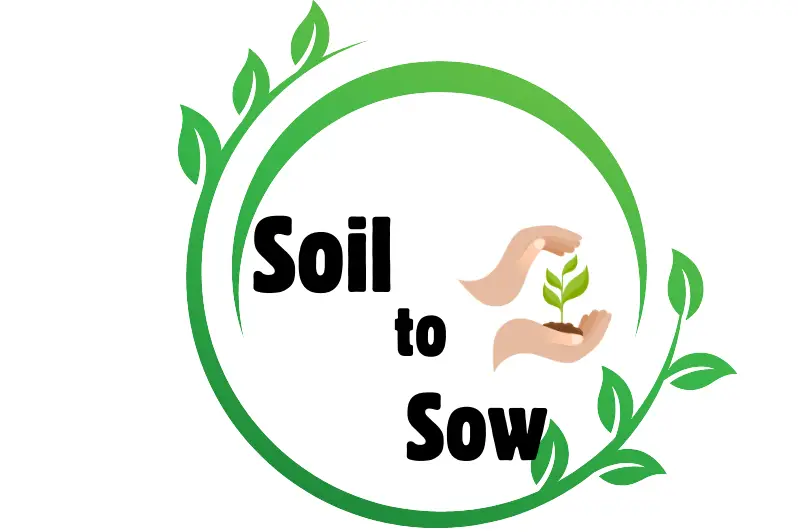
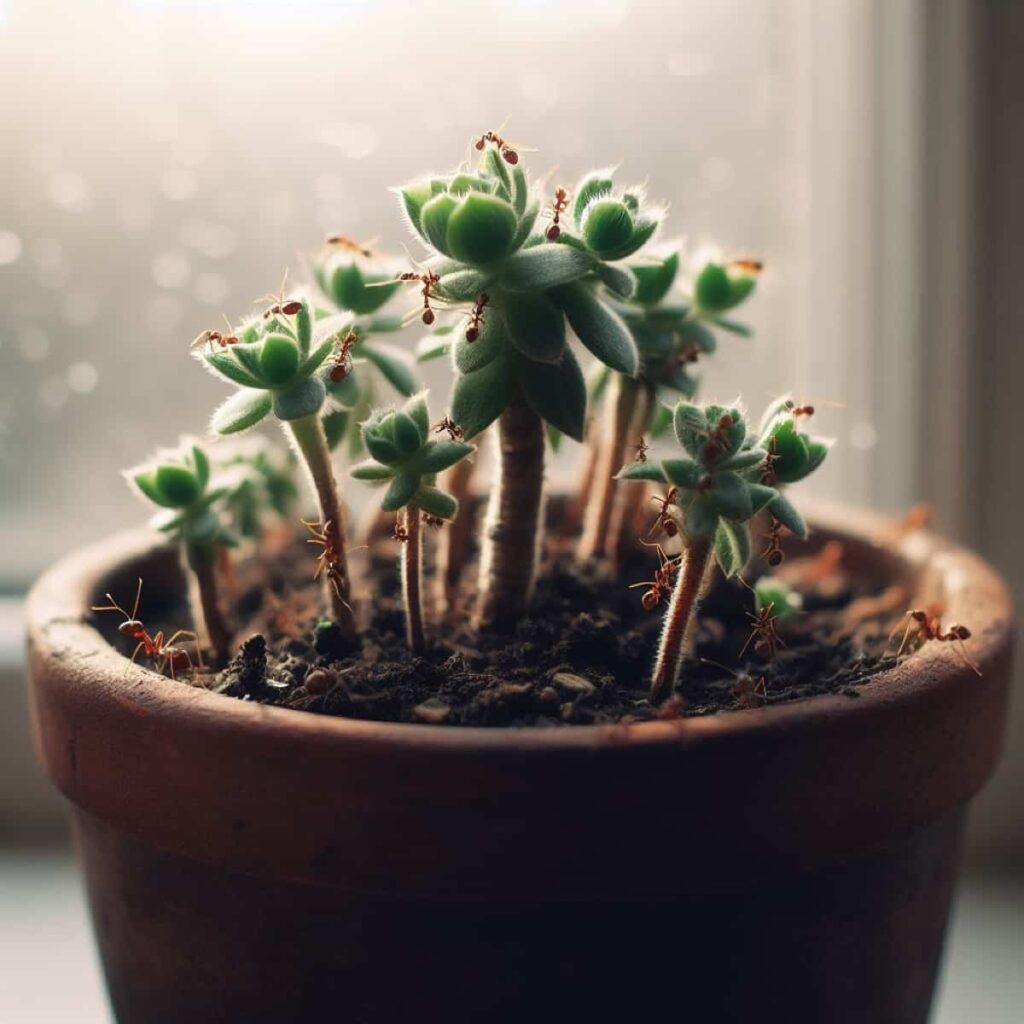
2 thoughts on “How To Stop Ants Nesting in Plant Pots: Quick & Natural Fixes!”